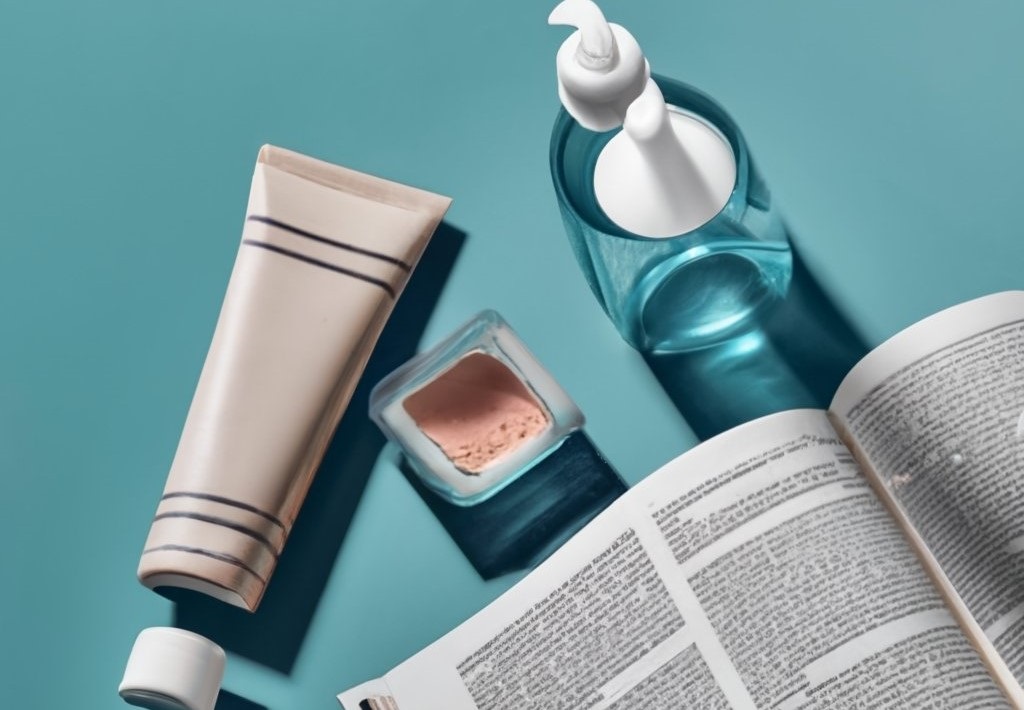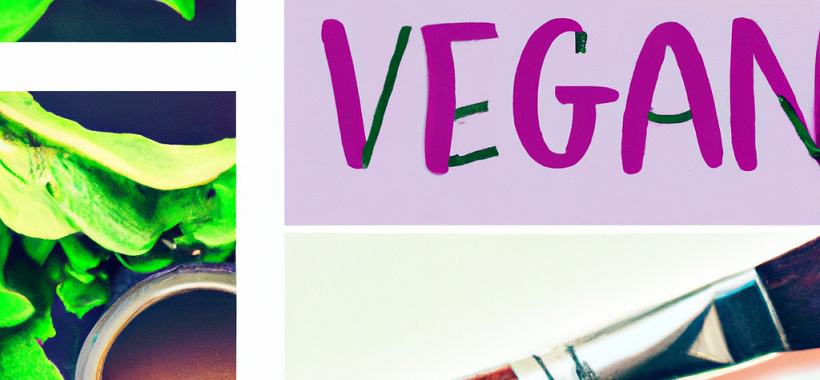EU regulatory news
SCCS Final Opinion: Butylparaben Deemed Safe as Cosmetic Preservative at Low Concentrations: The SCCS’s “SCCS/1651/23 Final Opinion” states that Butylparaben is safe for adults in cosmetics at up to 0.14% concentration but suggests more data is needed for children’s safety. The evaluation focuses solely on consumer safety, not environmental factors.
SCCS’s Final Opinion on Benzyl Salicylate confirms its safety in various cosmetic products at specified concentrations:
- Hydroalcoholic-based fragrances (spray and non-spray): Up to 4%
- Rinse off skin and hair products (excluding body products): Up to 0.5%
- Rinse-off body products: Up to 1.3%
- Leave-on skin and hair products (excluding body lotion): Up to 0.5%
- Leave-on hair products (spray/aerosol): Up to 0.5%
- Leave-on body products (non-spray/spray/aerosol): Up to 0.7%
- Face makeup and makeup remover: Up to 0.2%
- Oral care: Up to 0.004%
- Deodorant products (spray/aerosol): Up to 0.91%
Additionally, while there are indications of an endocrine mode of action associated with benzyl salicylate, no evidence suggests potential endocrine effects from its use.
SCCS Final Opinion on Zinc Salts in Oral Hygiene Products: Safety Guidelines for Toothpaste and Mouthwash Usage
On November 6, 2023, the SCCS released its final opinion on water-soluble zinc salts in oral hygiene cosmetics. It considered both toothpaste and dietary exposure. Key findings:
- Zinc in toothpaste is generally safe, except for children under one year.
- For children aged six months to 1 year, a recommended safe concentration is 0.72% in toothpaste.
- Zinc in mouthwash at 0.1% is safe for those above six years old. Details in the news item.
SCCS Draft Review on Hexyl Salicylate Safety in Cosmetics: Maximum Usage Guidelines
The Scientific Committee on Consumer Safety (SCCS) issued a draft opinion on the safety of hexyl salicylate in cosmetic products on November 9, 2023. To understand the scope of this review, please refer to the provided news item.
In this preliminary evaluation, the SCCS determined that hexyl salicylate is safe concerning potential endocrine-disrupting properties when used at the maximum concentrations listed below:
- Hydroalcoholic-based fragrances: up to 2%.
- All rinse-off products: Up to 0.5%.
- All leave-on products: Up to 0.3%.
- Oral products (toothpastes and mouthwashes): Up to 0.001%.
The draft opinion is open for public comment until January 12, 2024.
The SCCS issued a draft opinion on the safety of hydroxypropyl p-phenylenediamine and its dihydrochloride salt (A165) in oxidative hair coloring products.
The SCCS concluded that their use in these products is safe up to a maximum head concentration of 2%. However, mild to moderate eye irritation is possible, and the substance is a moderate skin sensitizer.
Comments on this draft opinion are being accepted until January 8, 2024.
The SCCS updated its final opinion on fullerenes (nano) and hydroxylated fullerenes (nano) in cosmetic products on November 3, 2023. Key points:
- The safety of these substances remains uncertain due to data gaps in physicochemical, toxicokinetic, and toxicological aspects.
- Genotoxicity potential concerns fullerenes (C60 and C70) and hydrated forms of hydroxylated fullerenes, making them unsuitable for cosmetic use.
- Additional concerns include potential impurities, heavy metals, contaminants, stability issues, free oxyradical production, phototoxicity, sensitizing likely, dermal absorption, systemic availability, organ distribution, and insufficient evidence to rule out genotoxic or carcinogenic effects.
Advancing Clarity in Allergen Labeling: Cosmetics Europe’s New Guidelines and Their Global Impact
On November 7th, Cosmetics Europe – The Personal Care Association unveiled comprehensive guidelines on ‘Fragrance Allergens’ requirements, available at (https://lnkd.in/e2qxqPy6). These guidelines are aimed at enhancing clarity in allergen labeling. Notably, they address the significant anticipation surrounding expanding the allergen list of 24 (originally 26) substances, now extended to 81 (or more, as indicated).
The guidelines provide detailed insights into the various circumstances in which allergens may be found in cosmetic products, including their presence in fragrances, natural complex substances, impurities, and intentional additions. A noteworthy addition is the introduction of the ‘Name Group Denomination,’ simplifying allergen recognition for those with allergies.
This regulatory change is set to have a substantial international impact, presenting challenges related to INCI nomenclature, varying fragrance allergen labeling requirements among countries, restrictions in certain nations, and information dissemination to international regulatory bodies.
USA regulatory news
FDA Extends Cosmetic Compliance Deadline to July 1, 2024: Last November 8, the FDA announced a 6-month extension to help companies comply with the new changes. This delay only applies to facility registration and product listing. These must be followed by July 1, 2024. For more details, please visit the following link: https://www.fda.gov/cosmetics/cosmetics-news-events/fda-issues-compliance-policy-cosmetic-product-facility-registration-and-cosmetic-product-listing.
FDA Releases Updated SPL Implementation Guide for Cosmetics: On November 14, 2023, the U.S. Food and Drug Administration published a revised Structured Product Labeling (SPL) Implementation Guide, complete with Validation Procedures. This comprehensive guidance includes essential updates regarding cosmetic product facility registration and product listing under the SPL. For additional information, please follow this link: https://www.fda.gov/cosmetics/cosmetics-news-events/fda-publishes-structured-product-labeling-spl-implementation-guide-validation-procedures-cosmetic#:~:text=The%20U.S.%20Food%20and%20Drug,included%20within%20the%20SPL%20framework.


